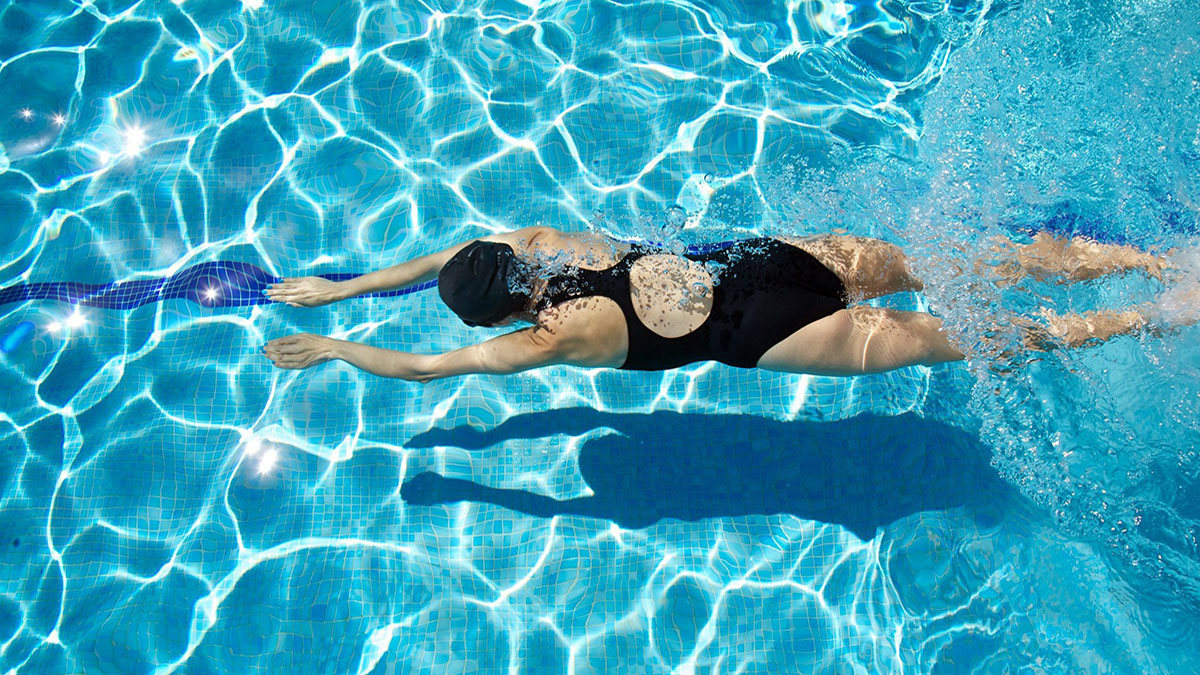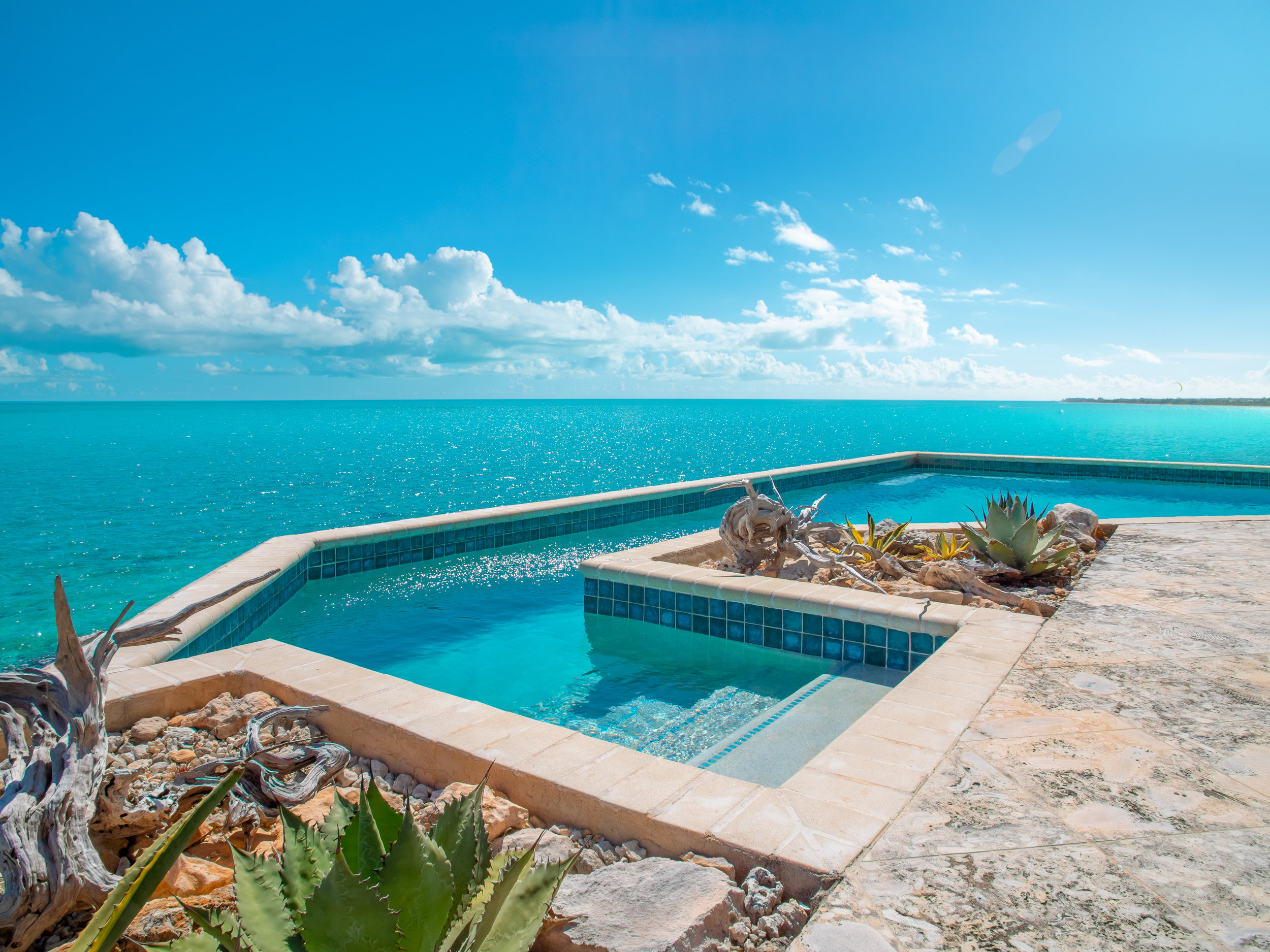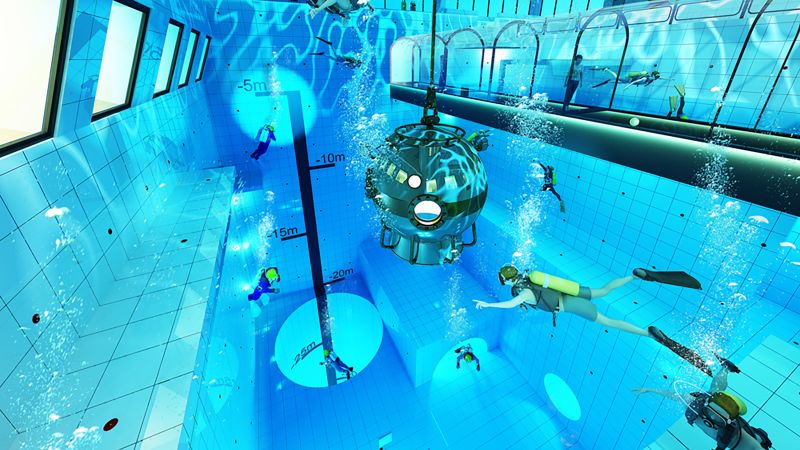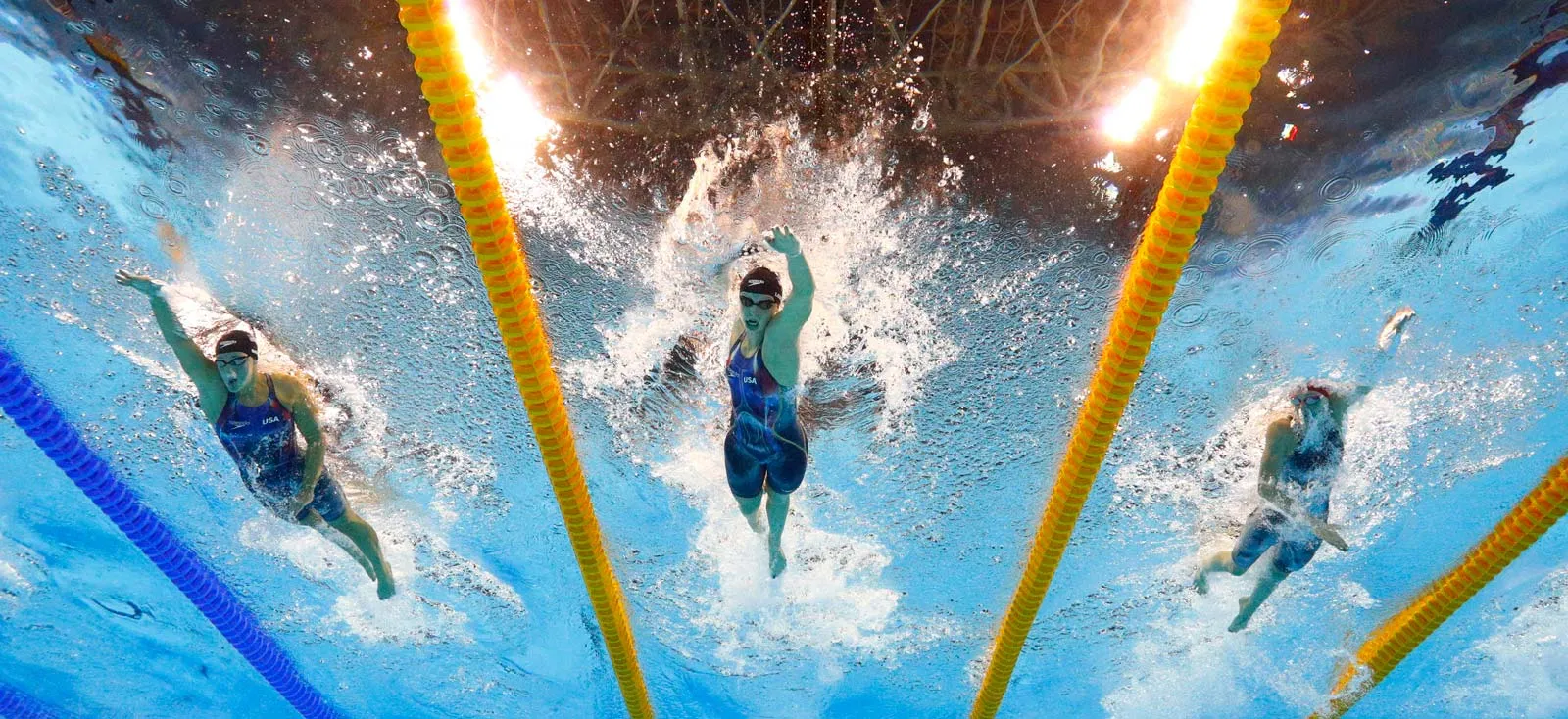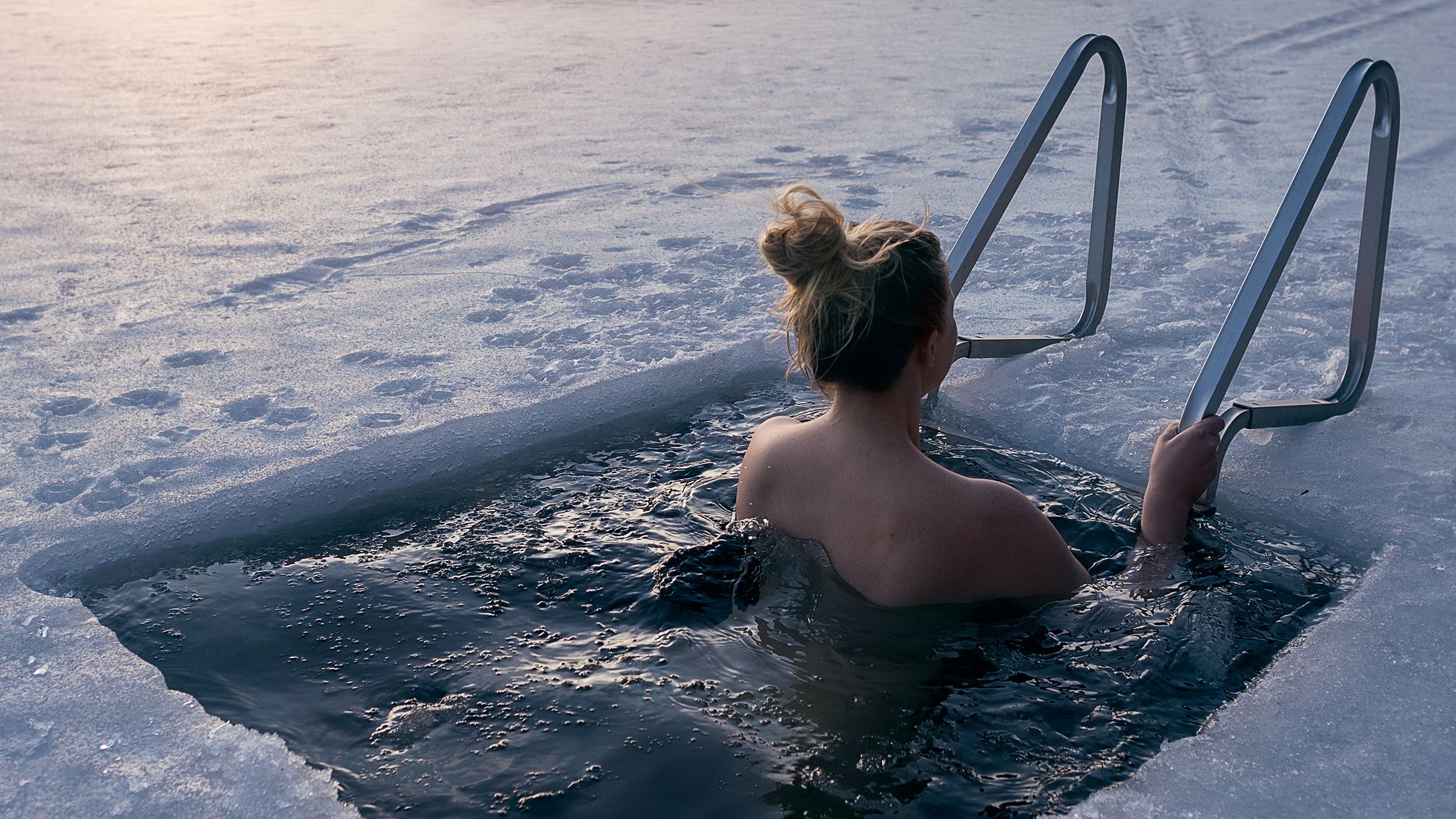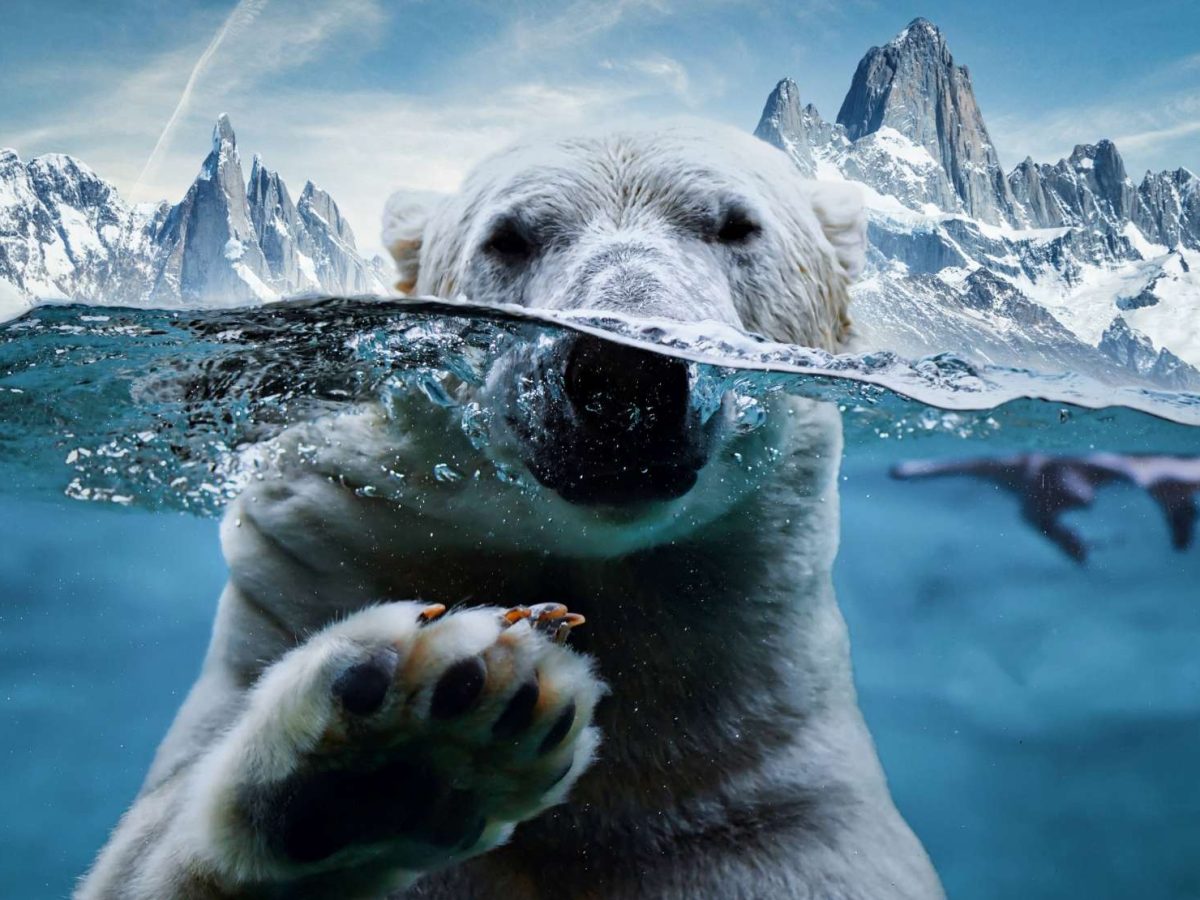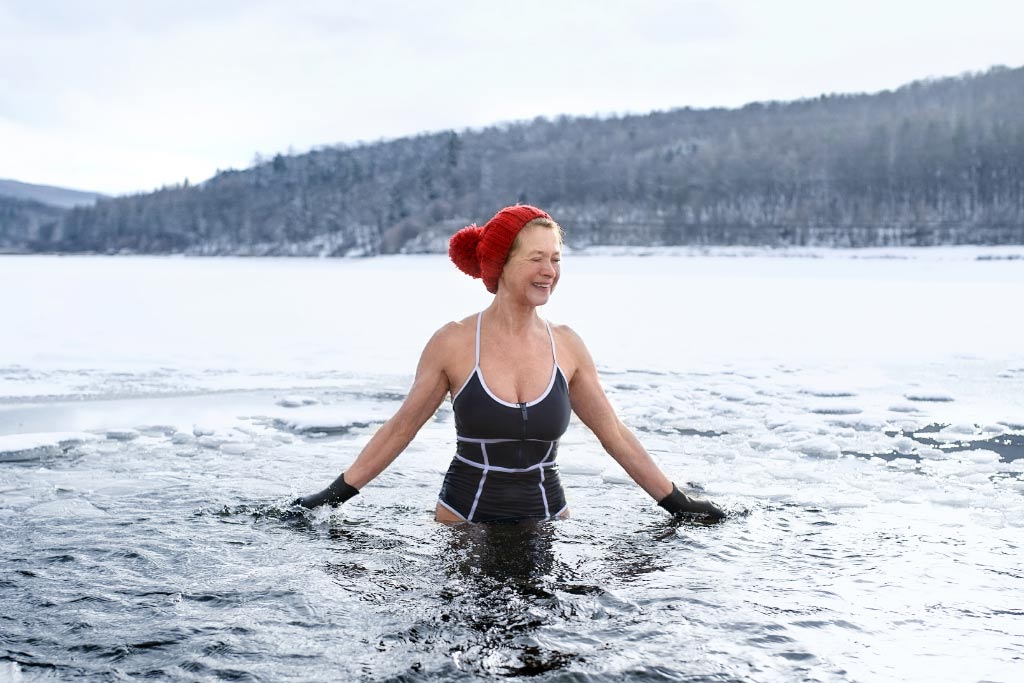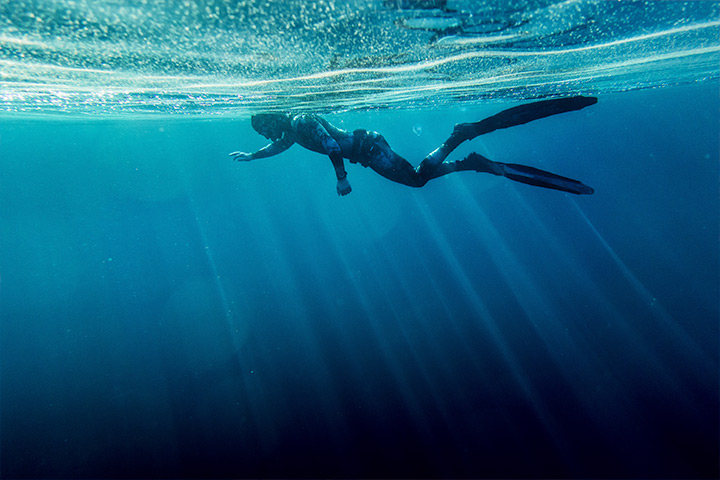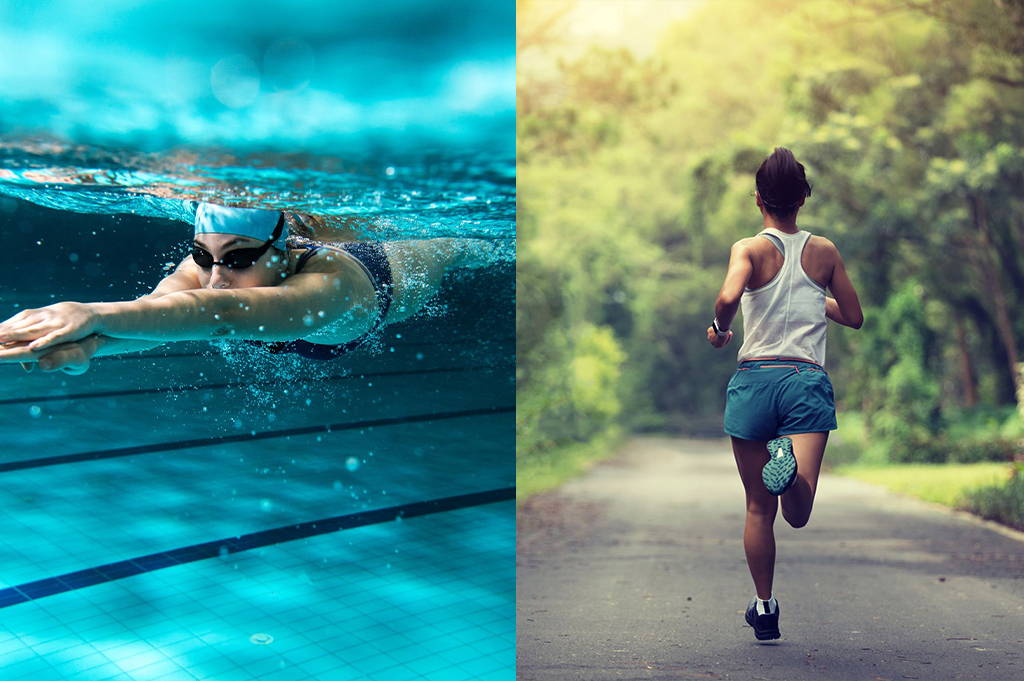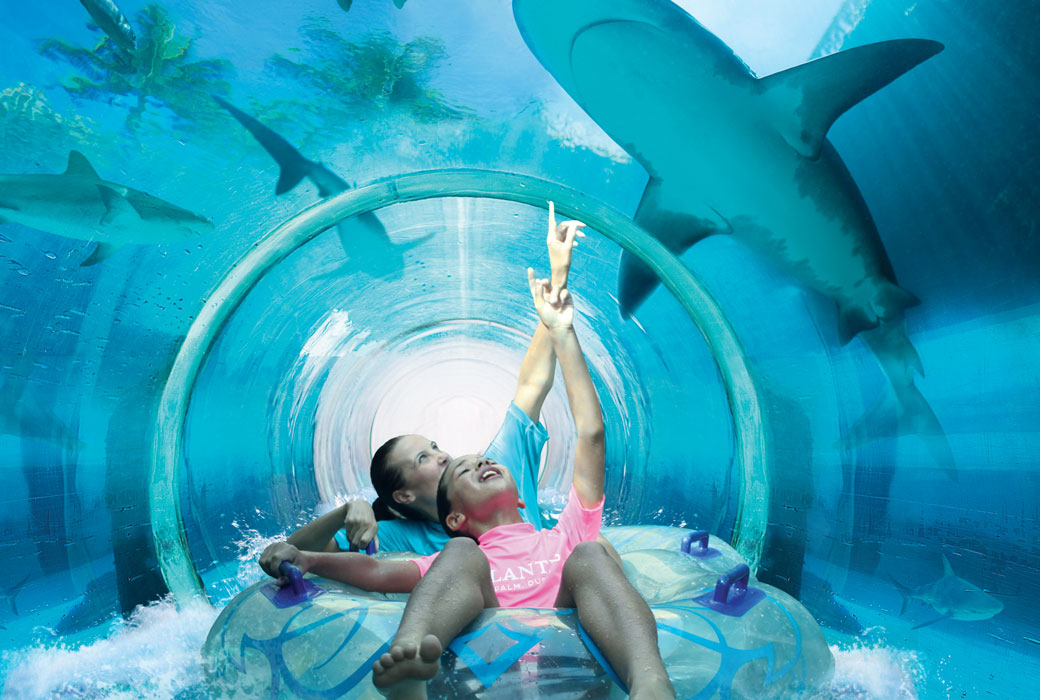Swimming may feel like a natural and relaxing activity, but the reality is that there’s a wealth of science behind every stroke, kick, and breath. To truly master swimming, one needs to understand how the body interacts with water—its forces, resistance, and propulsion. Whether you’re swimming for fitness, leisure, or competition, the better you understand the mechanics, the more efficiently you can move through the water. In this article, we’ll dive into the science of swimming, explaining how your body works with water and how you can improve your technique.
1. Buoyancy: Floating With the Power of Water
The concept of buoyancy is crucial to understanding how we swim. It’s the upward force that counters gravity, helping you stay afloat in water. This principle was first described by Archimedes, and it explains why objects that are less dense than water—such as our bodies—float.
Essentially, when you immerse yourself in water, your body displaces a certain volume of water, and the water pushes back, keeping you afloat. The amount of buoyancy you experience depends on your body’s composition—fat is less dense than muscle, so people with higher fat content generally float more easily.
Swimming Tip: Maintaining a horizontal position in the water, with your body aligned and your chest slightly below the surface, can help maximize buoyancy. A streamlined body reduces drag and allows you to float more effortlessly, keeping your stroke technique smooth.
2. Drag: The Resistance That Holds You Back
While buoyancy helps you stay above the water, drag is the force that resists your motion and slows you down. Drag in swimming comes from two primary sources: form drag and skin friction.
- Form Drag: This is the resistance you encounter based on the shape of your body as it moves through the water. A swimmer with a flat, streamlined body will face less drag than one with a lot of unnecessary movements or a disjointed stroke.
- Skin Friction: This is caused by the friction between your body and the water. The smoother your skin (and your suit), the less friction there will be. For this reason, swimmers often wear tight-fitting suits to reduce drag and glide through the water more easily.
Swimming Tip: Focus on creating a sleek body position in the water, reducing unnecessary movements, and aligning your body to minimize resistance. The better your technique, the less drag you will encounter, and the faster you can swim.
3. Propulsion: Pushing Against the Water for Forward Motion
To move forward in swimming, you need propulsion—the force generated by your limbs to push against the water and move you ahead. Every stroke, whether it’s your legs or arms, is designed to propel you through the water.
Legs:
- In swimming, the legs provide a crucial propulsion force, especially in strokes like freestyle and backstroke. Kicking from the hips (instead of just the knees) helps maintain your position and gives you more thrust.
- In freestyle, a steady flutter kick provides continuous propulsion, keeping your body aligned and balanced as your arms focus on the pull.
Arms:
- The arms are often the main source of propulsion in most strokes. In freestyle, each arm pulls through the water in a sweeping motion, pulling against the water to create forward momentum.
- In butterfly, both arms work simultaneously to generate power, with the swimmer using the strength of their chest and shoulders to push through the water.
Core:
- The core is the secret weapon in swimming—strong abdominal and lower back muscles help with stability and power transfer between your arms and legs. A strong core is essential for maintaining body position and optimizing your stroke power.
Swimming Tip: Efficient propulsion comes from proper timing and coordination between your arms, legs, and core. Practice fluid, controlled movements, ensuring that each part of your body contributes to your forward motion without wasting energy.
4. The Role of Water’s Density
Water is much denser than air, and this density plays a critical role in how we swim. The density of water means it resists movement more than air, which makes swimming a highly effective, full-body workout. For swimmers, this also means that we have to generate more force to move through it.
Water’s viscosity (thickness) contributes to the drag that swimmers feel. While this resistance is challenging, it also makes swimming a low-impact sport, as water supports the body, reducing stress on joints and muscles. This is one reason swimming is such a great exercise for rehabilitation and those with joint issues.
Swimming Tip: To maximize your swimming efficiency, focus on increasing your stroke rate and power. The faster and more efficiently you move, the less energy you waste, and the more speed you generate in the water.
5. Streamlining: The Art of Reducing Resistance
When it comes to swimming faster, hydrodynamics is key. This is the study of how bodies move through fluids like water. In swimming, hydrodynamics involves minimizing drag and maximizing propulsion.
A key part of hydrodynamics is streamlining—the practice of aligning your body to reduce resistance and increase speed. A swimmer who maintains a straight, horizontal position in the water will face less resistance than one who has a poorly aligned or rigid body.
In strokes like freestyle and butterfly, technique plays a huge role in streamlining. For example, extending your arm forward and entering the water with a proper angle will help you maintain a streamlined body position. In butterfly and breaststroke, the undulating motion of the body works in harmony with arm and leg movements to create forward momentum.
Swimming Tip: Aim for a streamlined body position, focusing on keeping your body as flat and straight as possible. The more fluid and continuous your movements, the less energy you’ll use to swim faster.
Conclusion: Mastering Swimming through Science
The science of swimming is a fascinating combination of forces and biomechanics working together. Understanding buoyancy, drag, propulsion, water density, and streamlining can give you a deeper insight into how the body moves through water and how to optimize your swimming performance.
Whether you’re a recreational swimmer or training for competition, mastering the science behind swimming can help you become more efficient in the water. By refining your technique, focusing on body position, and reducing resistance, you can swim faster, with less effort, and with greater overall performance.
The next time you hit the pool, remember that swimming isn’t just about moving your arms and legs—it’s about mastering the forces of nature and turning them into speed, efficiency, and power.
